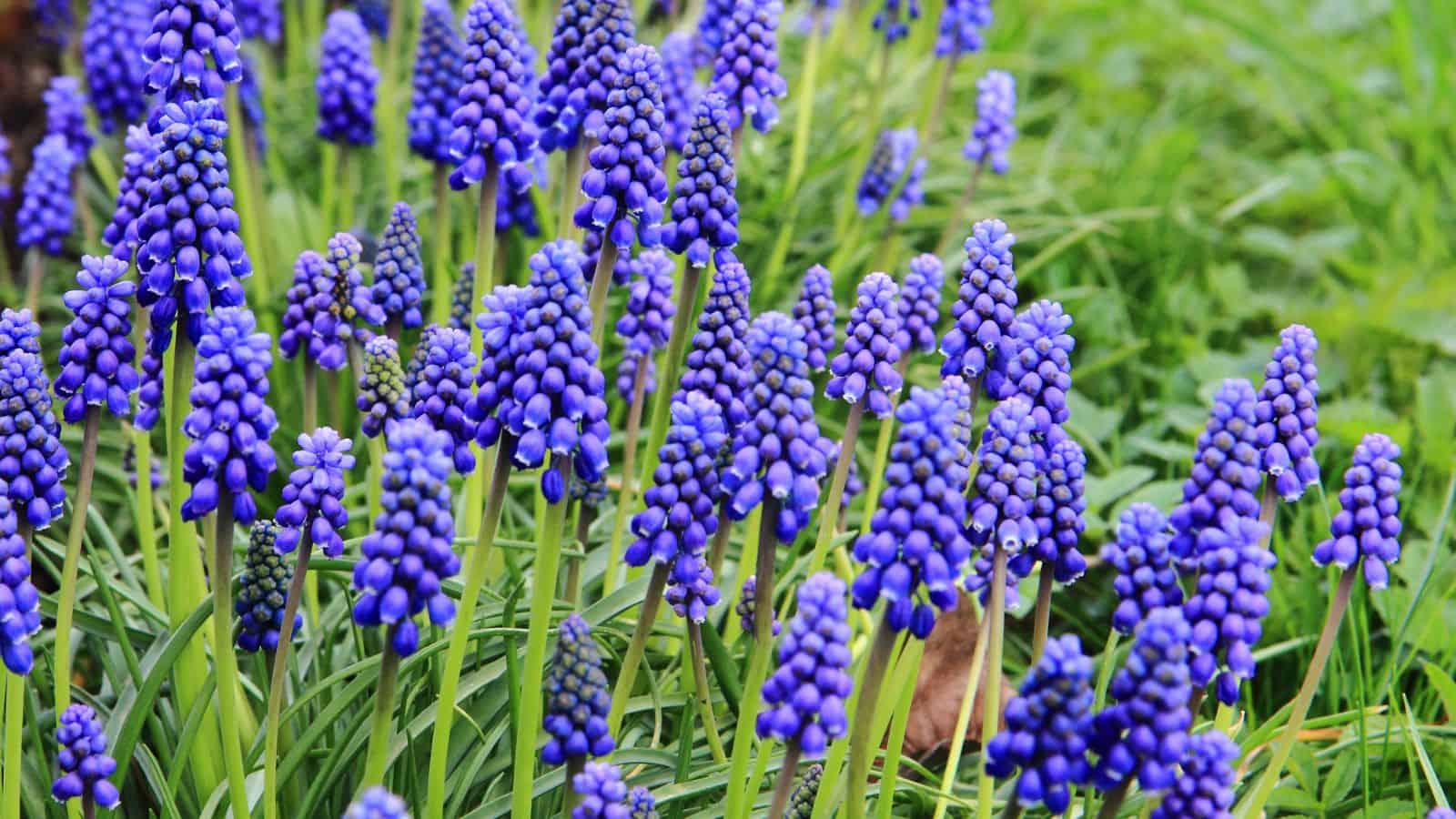Creating a pollinator garden is an excellent way to support local wildlife and enhance the productivity of your garden. Pollinators such as bees, butterflies, and hummingbirds are essential for the pollination of many plants, leading to healthy crops and vibrant flowers.

Selecting Plants for Pollinators
Native Plants
Choose native plants as they are well-adapted to your local environment and are more likely to attract native pollinators. Native plants provide the best nectar and pollen sources for local wildlife.
Diverse Flowering Plants
Incorporate a variety of flowering plants that bloom at different times throughout the year. This ensures a continuous food supply for pollinators. Include plants with different flower shapes, sizes, and colors to attract a wide range of pollinators.
Designing Your Pollinator Garden
Sunlight
Pollinators are most active in sunny areas, so choose a location that receives ample sunlight. Most flowering plants that attract pollinators also thrive in full sun.
Water Sources
Provide a shallow water source, such as a birdbath with stones for insects to perch on, or a shallow dish of water. This helps keep pollinators hydrated, especially during hot weather.
Shelter
Create shelter by including shrubs, trees, and tall grasses in your garden. These provide places for pollinators to rest and hide from predators.
Maintaining Your Pollinator Garden
Avoid Pesticides
Avoid using chemical pesticides, as they can harm pollinators. If pest control is necessary, opt for natural methods such as companion planting or introducing beneficial insects.
Regular Care
Keep your pollinator garden healthy by watering during dry periods, mulching to retain moisture, and deadheading spent flowers to encourage more blooms.
Monitor and Adjust
Regularly observe your garden to see which plants attract the most pollinators. Make adjustments as needed, adding more of the plants that are most popular with your local pollinator species.
